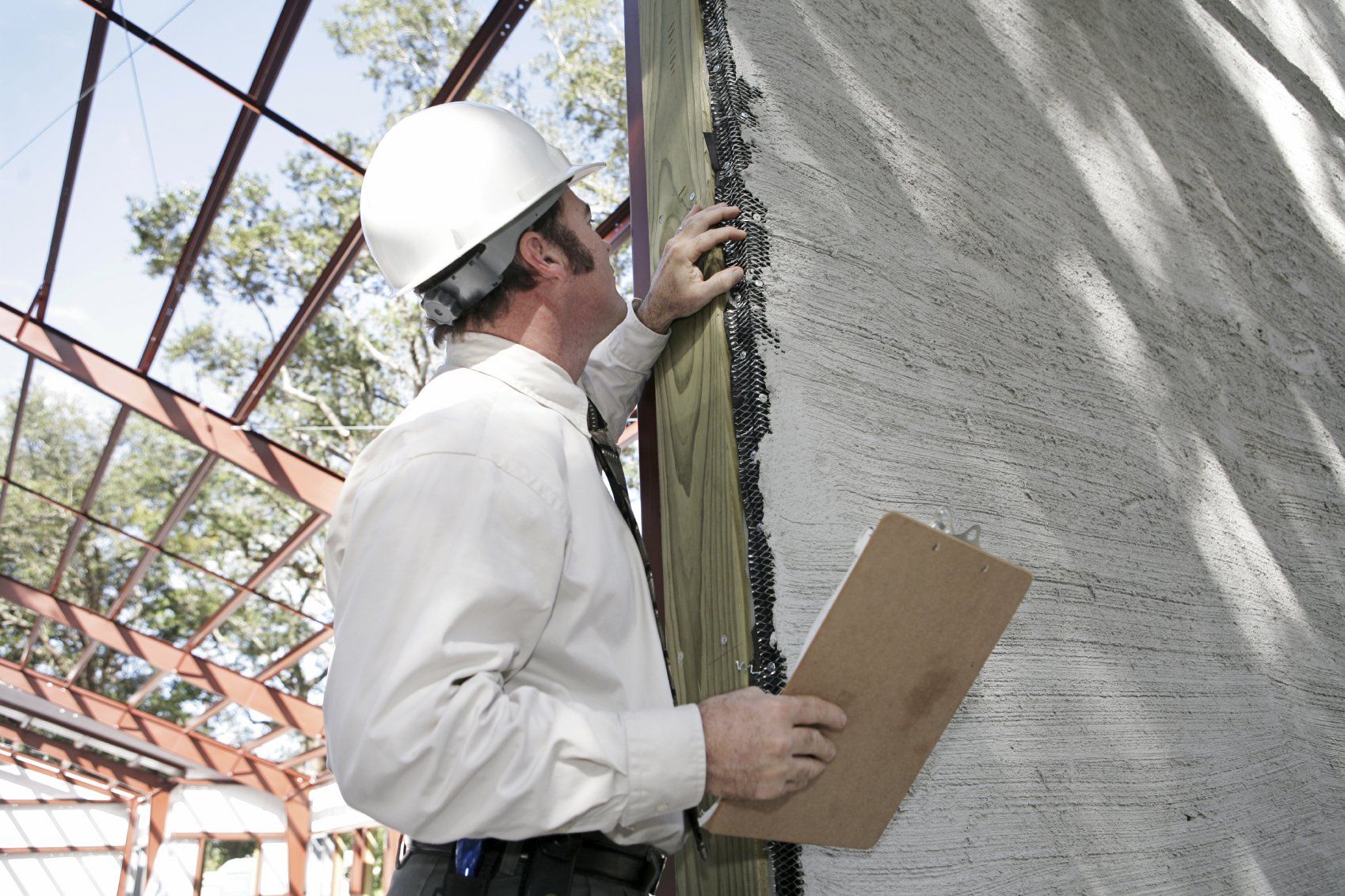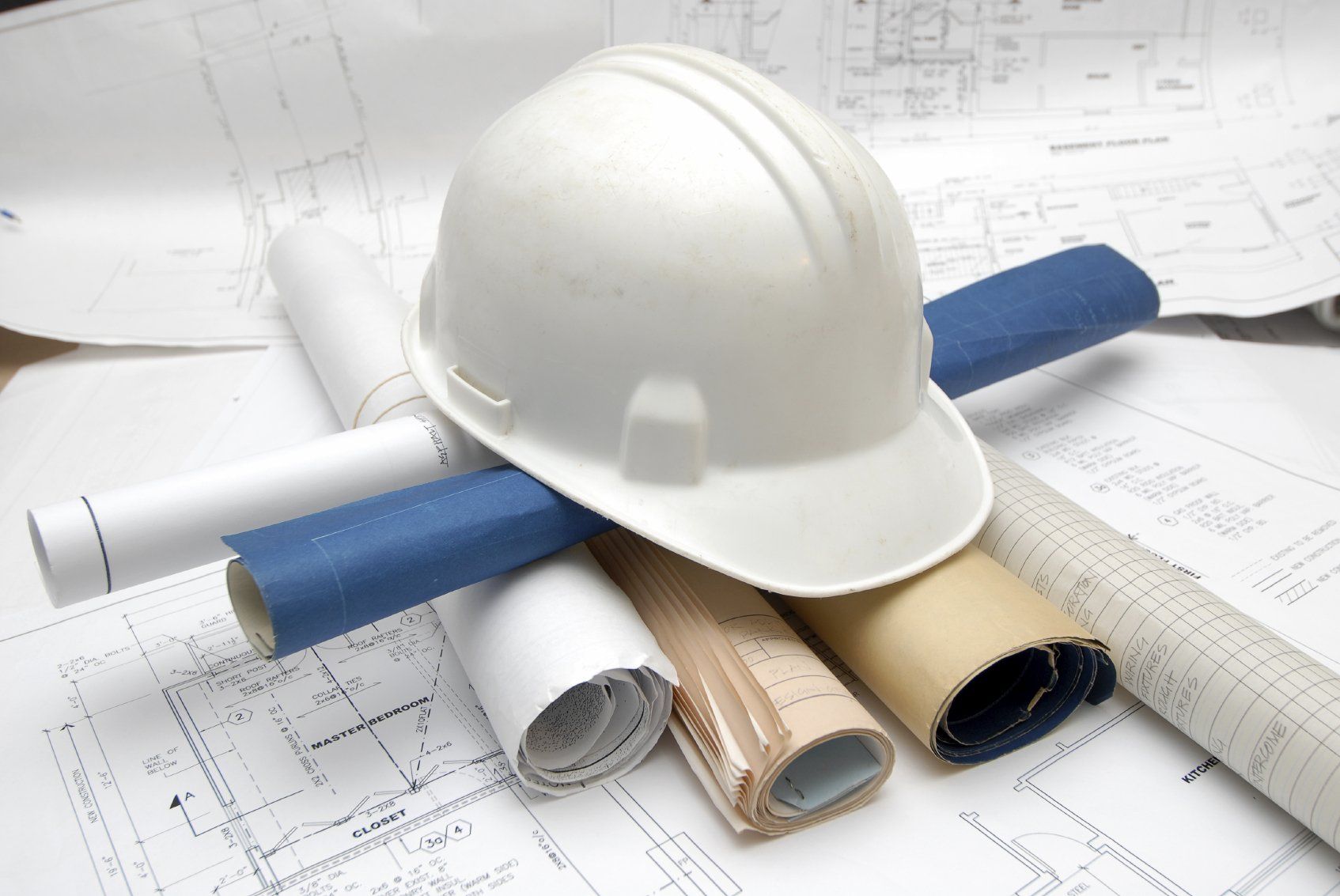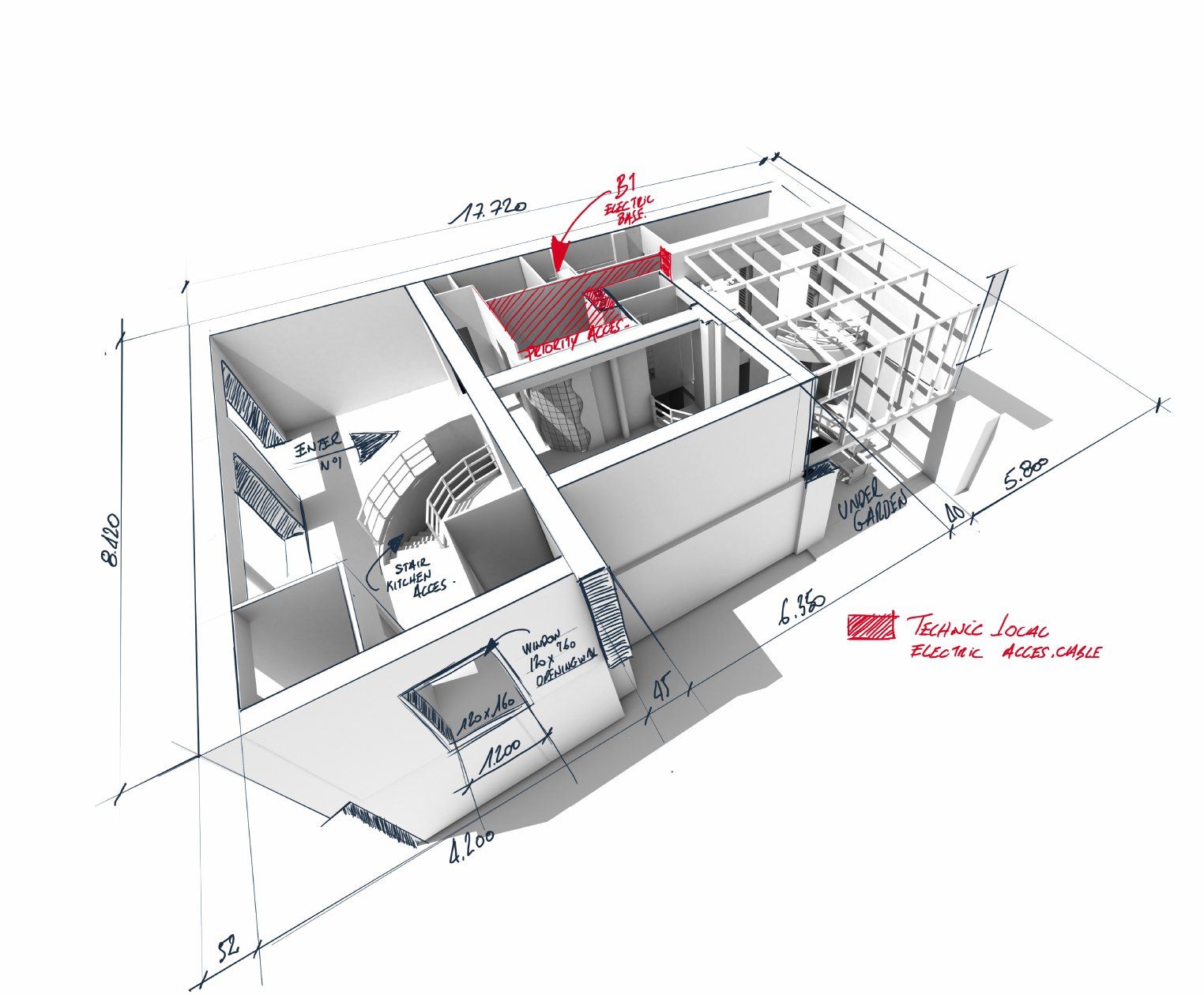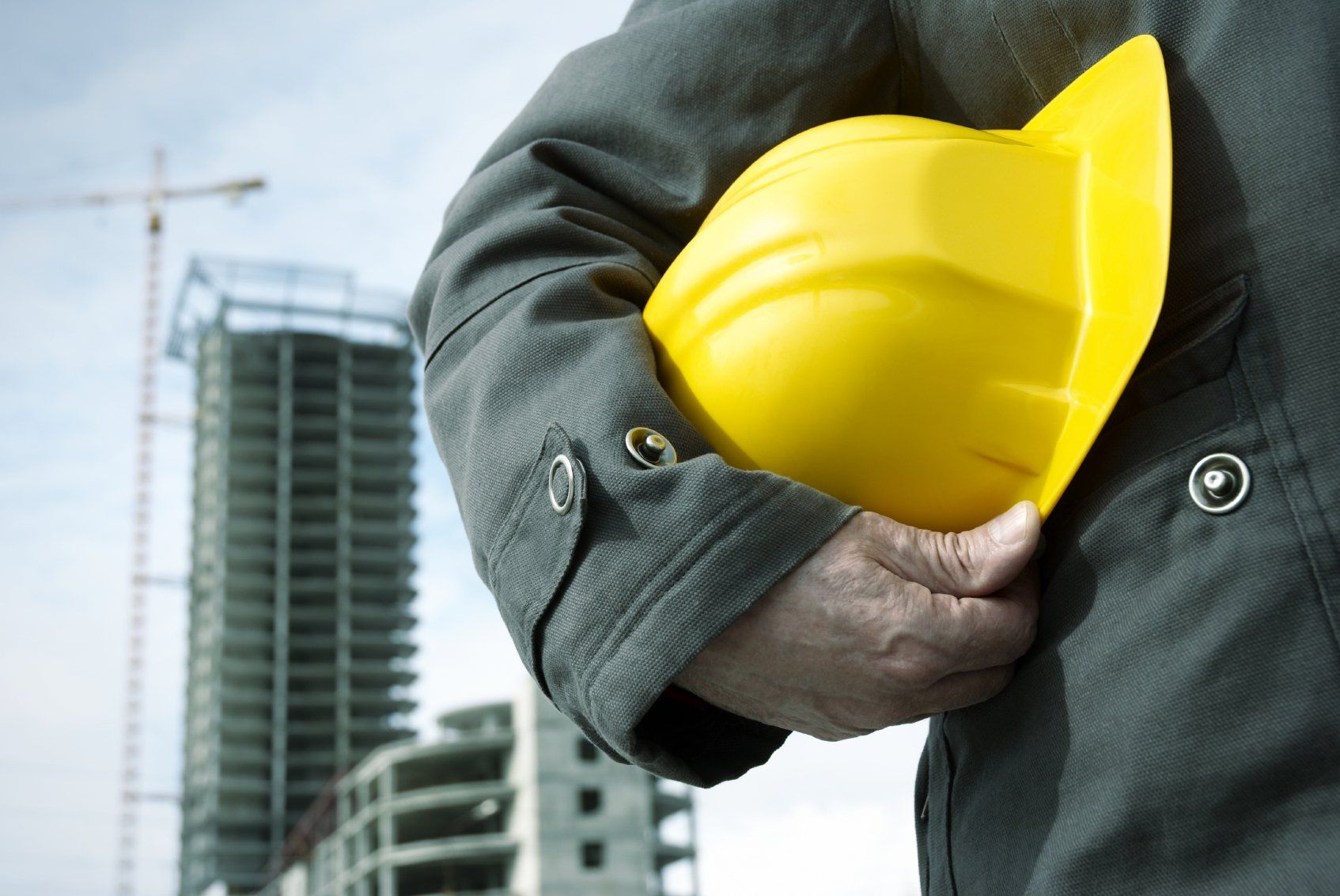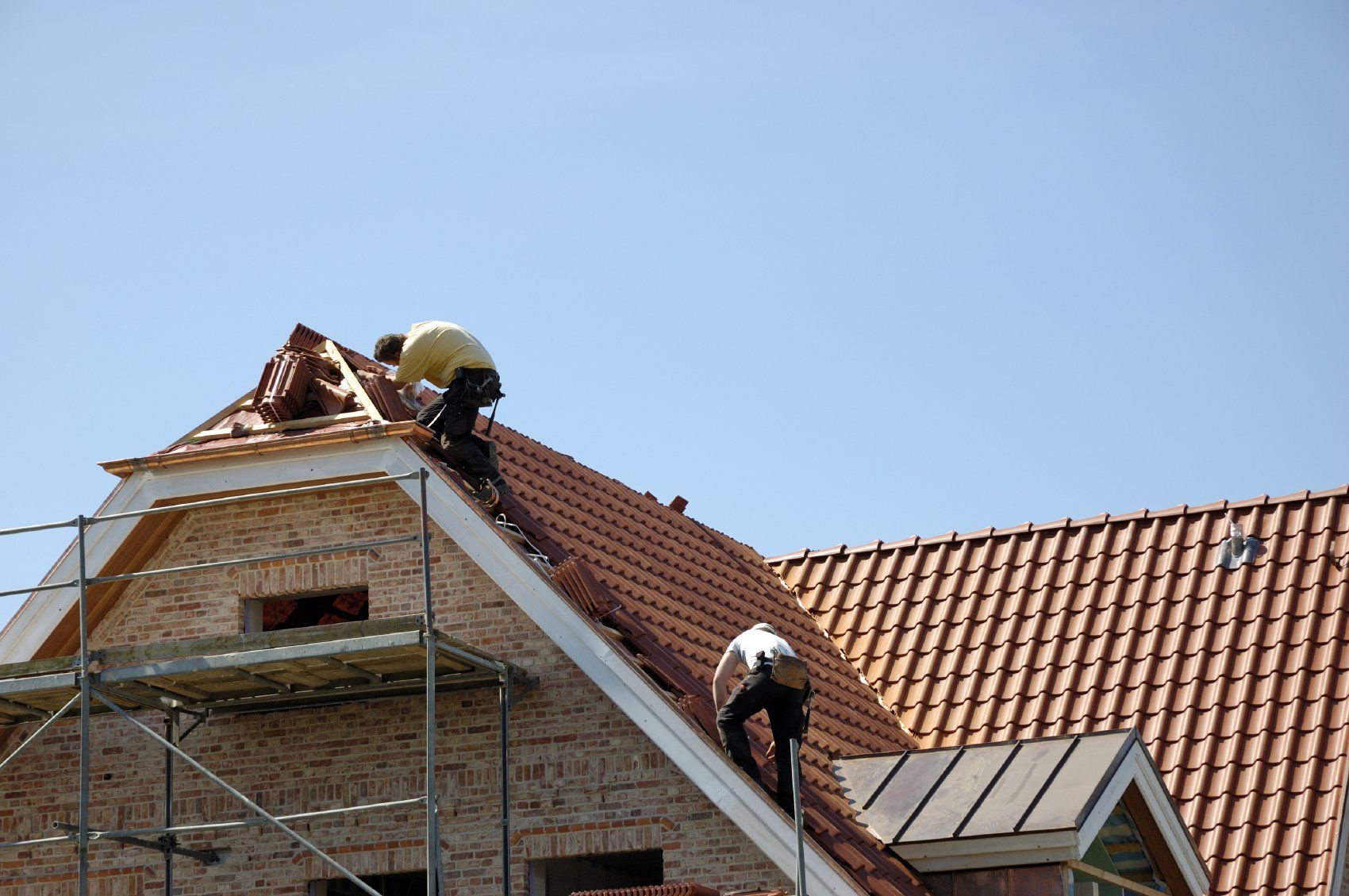Architect (project management) and assistance to project owners are key roles in the construction process of a project. Here is an explanation of these two roles:
Project management (MOE) :
Project management is responsible for the design and technical implementation of the construction project. She represents the project owner (the client) and is responsible for managing and coordinating the entire project, from its design to its final delivery. The main responsibilities of project management include:
- Design the project according to the needs and requirements of the project owner.
- Develop the plans, drawings and technical specifications necessary to carry out the project.
- Prepare calls for tenders and select construction companies (contractors) to carry out the work.
- Ensure coordination between the different project stakeholders (architects, engineers, contractors, etc.).
Monitor the progress of work to ensure that it complies with plans and standards.
- Manage possible changes or unforeseen events that arise during construction.
- Ensure compliance with project deadlines and budget.
Assistance to project owners:
- Assistance to project owners (AMO) is a service intended to support the project owner throughout the construction process. The AMO acts as an impartial and objective advisor to the project owner, helping them to make informed decisions and effectively manage the project. The main responsibilities of assisting project owners include:
- Help the project owner define his needs and objectives for the project.
- Participate in the selection of project management members (architects, design offices, etc.) based on the skills required for the project.
- Verify and analyze the feasibility studies, plans and quotes developed by the project management.
- Ensure regular monitoring of the progress of the work and compliance with project standards and requirements.
- Assist the project owner in managing the financial aspects of the project, including cost control and payments to contractors.
- Provide technical and legal expertise to resolve potential issues and avoid litigation.
In summary, project management is responsible for the design and technical management of the project, while project owner assistance aims to support and advise the project owner throughout the construction process. These two roles work closely together to ensure the success of the project while respecting the needs of the client, deadlines and the planned budget.
Safety and health protection coordinator (SPS):
The safety and health protection coordinator (CSPS), also known as the SPS coordinator, is a professional responsible for ensuring the safety and health of workers on a construction site. The role of the CSPS coordinator is crucial to preventing construction-related accidents, injuries and health problems. Here is an overview of his responsibilities and role:
Risk analysis : The CSPS coordinator carries out a complete analysis of the potential risks on the site. This involves identifying hazards and dangerous situations that could arise during the work.
Prevention plan : The coordinator develops a risk prevention plan, which includes specific measures to reduce or eliminate the identified hazards. This plan aims to guarantee the safety and health of workers throughout the project.
Coordination : The CSPS coordinator works in close collaboration with the various stakeholders on the site, such as project managers, contractors, subcontractors and workers. Coordination is essential to ensure that all parties involved understand and follow safety measures.
Information and training : The CSPS coordinator informs and trains workers on the specific dangers associated with the construction site, as well as on the safety measures to take. This may include information sessions, training and distribution of guidance documents.
Monitoring: During the construction period, the CSPS coordinator monitors activities to ensure that safety measures are implemented correctly. It may also carry out regular inspections to identify any deviations from safety standards.
Emergency response : In the event of an accident or emergency situation, the CSPS coordinator plays an active role by organizing first aid, coordinating evacuation if necessary and ensuring that the relevant authorities are informed.
Documentation and reporting: The CSPS coordinator maintains detailed records of all safety-related activities on the construction site. These documents are important to demonstrate compliance with current regulations and standards.
Regulatory compliance: The CSPS coordinator ensures that the work site complies with all regulations and safety standards in force in the region.
Communication : The CSPS coordinator is a point of contact for all questions related to safety on the construction site. It facilitates communication between stakeholders and ensures that concerns are addressed quickly.
Globally, the role of the CSPS coordinator is to create a safe and healthy working environment on the construction site by identifying, assessing and mitigating risks. This helps reduce accidents and occupational illnesses, while promoting a culture of safety within the construction team.





